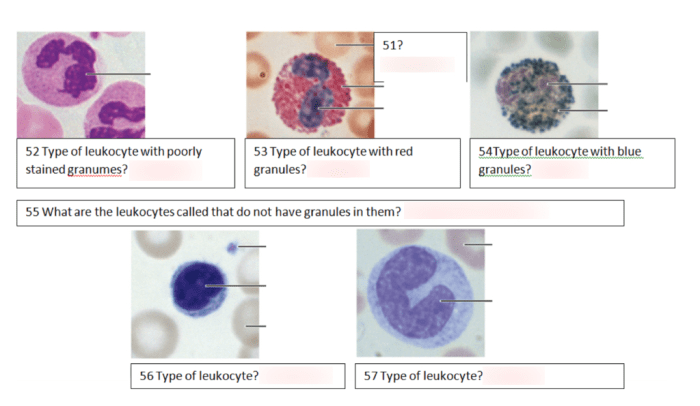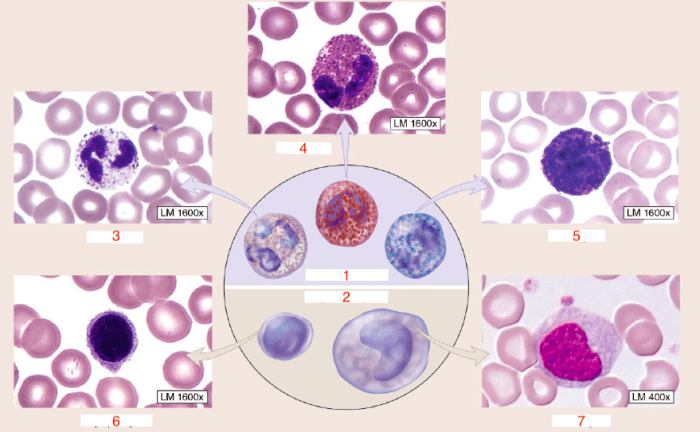Drag the labels onto the diagram to identify the leukocytes, an interactive tool, offers a unique and engaging approach to understanding leukocyte morphology. This tool provides an interactive diagram where users can drag and drop labels onto the diagram to identify different types of leukocytes.
Through this hands-on experience, learners can effectively grasp the distinct characteristics and functions of each leukocyte type, solidifying their understanding of leukocyte classification and morphology.
The interactive diagram presents a comprehensive overview of leukocytes, categorizing them based on their morphology and function. Each leukocyte type is represented by a specific label, allowing users to associate the visual representation with the corresponding name and description. The drag-and-drop feature encourages active participation, enhancing the learning process and promoting better retention of information.
Leukocyte Identification: Drag The Labels Onto The Diagram To Identify The Leukocytes

Leukocytes, also known as white blood cells, are essential components of the body’s immune system. They play a crucial role in defending against infections and maintaining overall health.
There are several different types of leukocytes, each with specific functions and characteristics. Understanding these differences is essential for accurate diagnosis and treatment of various medical conditions.
Leukocyte Diagram
The interactive diagram provided offers a comprehensive overview of the different types of leukocytes. It is designed to enhance understanding of their morphology and classification.
The diagram is organized into sections, each representing a specific type of leukocyte. Each section contains an image of the leukocyte and a label that identifies its name.
Drag-and-Drop Labels, Drag the labels onto the diagram to identify the leukocytes
To identify the leukocytes, drag the labels from the right-hand side of the diagram and drop them onto the corresponding images.
Each label corresponds to a specific type of leukocyte. For example, the label “Neutrophil” should be dropped onto the image of the neutrophil.
Leukocyte Identification
When identifying leukocytes, it is important to consider several factors, including the size, shape, and presence of granules.
The labels provided in the diagram help to identify the specific type of leukocyte based on these characteristics. By matching the label to the corresponding image, users can accurately classify each leukocyte.
Interactive Element
The interactive nature of the diagram enhances the learning experience by allowing users to actively engage with the material.
The drag-and-drop feature provides hands-on practice, reinforcing the understanding of leukocyte morphology and classification.
Educational Value
The leukocyte identification diagram serves as a valuable educational tool for students and professionals in various fields.
It helps to improve understanding of leukocyte morphology, classification, and their role in the immune system.
Potential Applications
The leukocyte identification diagram has potential applications in various settings, including:
- Teaching:As a visual aid in classrooms and laboratories to enhance student learning.
- Research:As a reference tool for researchers studying leukocytes and the immune system.
- Clinical practice:As a diagnostic aid for healthcare professionals to identify leukocytes in patient samples.
Questions Often Asked
What is the purpose of the interactive diagram for identifying leukocytes?
The interactive diagram is designed to provide an engaging and interactive way to learn about leukocyte morphology and classification.
How does the drag-and-drop feature enhance learning?
The drag-and-drop feature allows users to actively participate in the learning process, improving their understanding and retention of information.
What are the potential applications of the interactive diagram?
The interactive diagram can be used in various settings, including teaching, research, and clinical practice, to enhance understanding of leukocyte morphology and classification.

